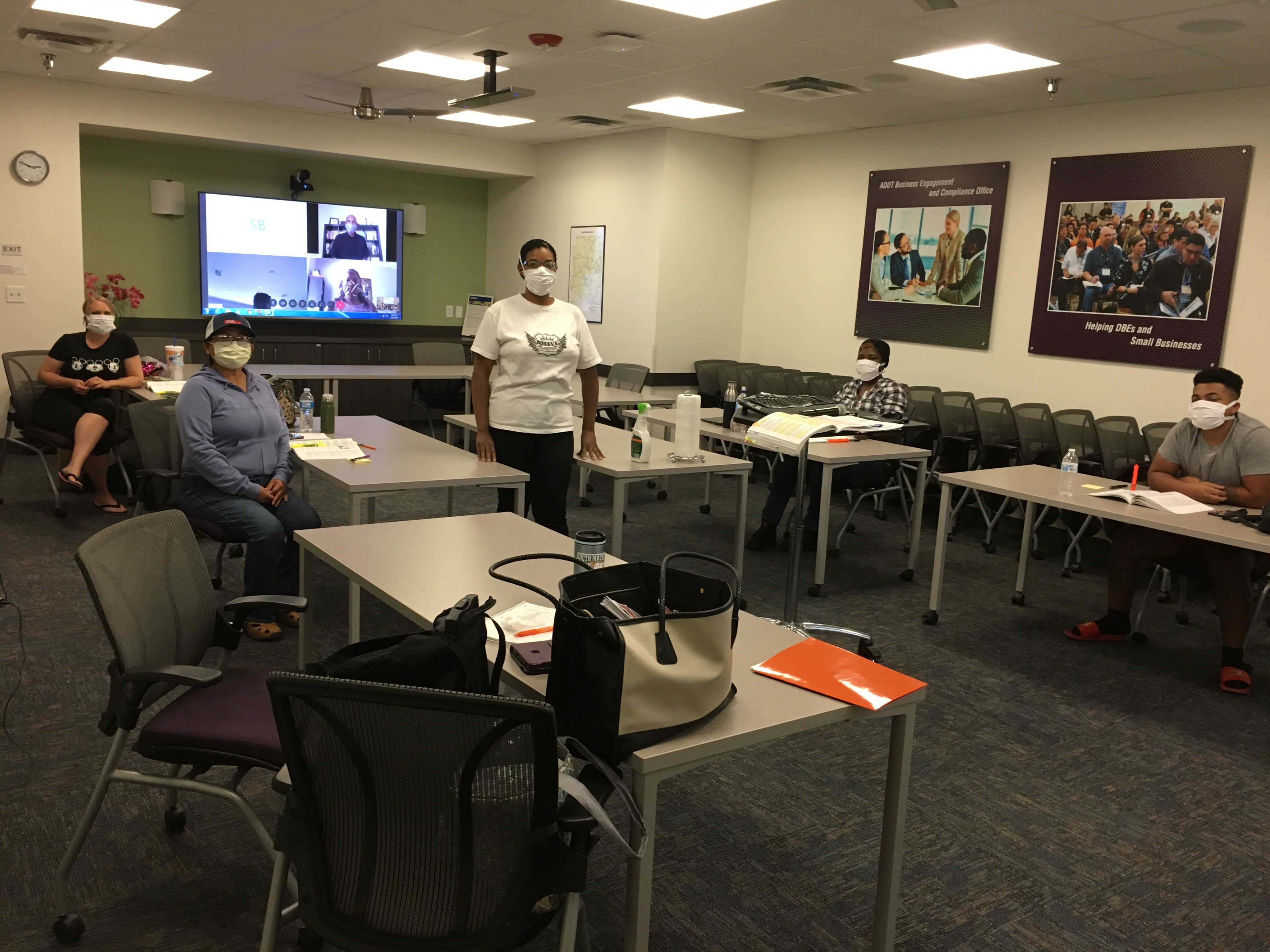Virtual technology helping ADOT boldly go forward
Virtual technology helping ADOT boldly go forward

If 50 years of "Star Trek" has taught us anything, it's that virtual communication is the wave of the future. Kirk, Spock, Picard, Janeway and all the rest are constantly using viewscreens, communicators and holograms to connect with people who might be worlds away.
While we may still be a long ways away from teleporters and starships, during the current public health situation we are looking toward technology to continue offering training and services.
Road projects have continued to move forward during this time, which means ADOT had make sure the public could have plenty of input. As we told you about recently, with traditional public meetings a non-starter we used a virtual town hall format for some projects, such as the future improvements to the Interstate 40 and US 93 interchange. People were able to use their communicators – known in this century as cellphones – to call in and listen to the presentation. The meeting was also broadcast via two radio stations. The number of comments we received from this meeting rivaled those of a tradition in-person open house.
When it came to continuing our offerings to help small or economically disadvantaged businesses seeking federally assisted contracts, those too are now being done virtually. These businesses can now receive counseling or take advantage of other tools, such as our 21-week Business Development Program, completely online.
Back in April, ADOT's Border Liaison Unit launched a webinar for Mexican truckers to discuss emergency restrictions and exemptions for commercial vehicles using the state's ports of entry. This proved so successful that future webinars are planned that will incorporate material from the in-person safety training the unit has been doing since 2016.
This month we also held another session of our popular Construction Academy to help women, veterans, minorities and other disadvantage groups get the necessary training to get into a career in construction. The majority of particpants were able to receive the necessary classroom training through video conferencing and online construction.
And the best part is that these virtual tools have proven popular and useful enough to help our communication and training efforts live long and prosper even after the need to socially distance ends.
The technology we are using may not be as cool as what you'd find on the bridge of the Enterprise, but it's still allowing us to boldy go forward in our continuing mission to better communicate and serve the drivers of Arizona.
